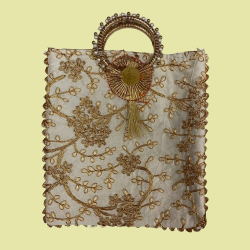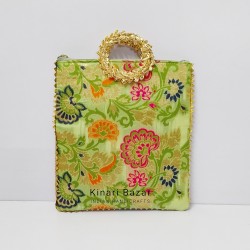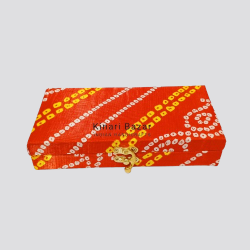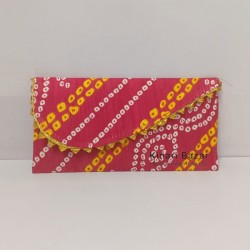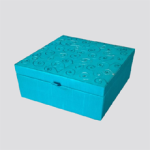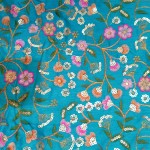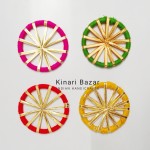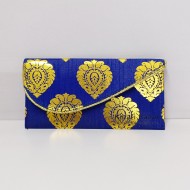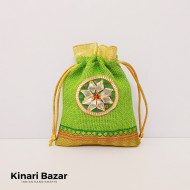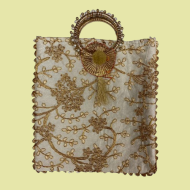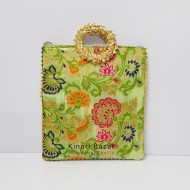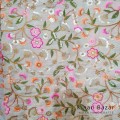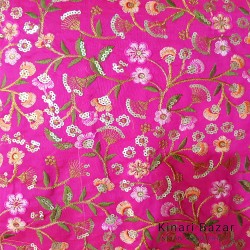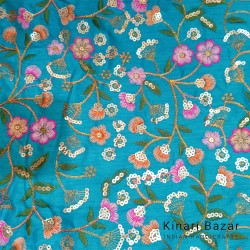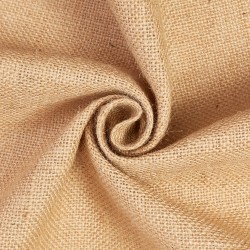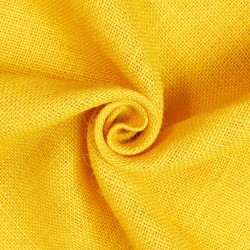Indian fabric is renowned worldwide for its diversity, rich history, and intricate craftsmanship. India's textile heritage spans thousands of years, with each region of the country contributing its own unique techniques, designs, and materials.
Silk
- Banarasi Silk: Originating from Varanasi (Banaras), this luxurious silk is famous for its intricate brocade or zari work, often featuring Mughal-inspired motifs like floral and foliate patterns. Banarasi silk sarees are highly valued and often worn on special occasions.
- Tussar Silk: Produced mainly in Bihar, Tussar silk has a natural golden sheen and is less lustrous compared to other silks. It’s highly valued for its rich texture and natural feel.
- Kalamkari: A hand-painted or block-printed cotton fabric, Kalamkari comes from Andhra Pradesh and Telangana. It is distinguished by its intricate patterns and storytelling motifs, often depicting epics like the Mahabharata or Ramayana.
- Khadi: A hand-spun and handwoven fabric, Khadi holds great historical significance as a symbol of India's independence movement. It is versatile, breathable, and eco-friendly, often used in clothing and home textiles.
- Chikankari: Originating from Lucknow, Chikankari is a delicate and intricate hand embroidery on fine cotton fabric. It is often seen in kurtas, sarees, and dupattas.
- Patola: A double Ikat weave, Patola is a highly intricate and expensive textile from Gujarat. The fabric is known for its vibrant colors and detailed designs.
- Bandhani: Also known as Bandhej, this is a traditional tie-dye technique from Gujarat and Rajasthan. The fabric is characterized by small, intricate patterns created by plucking the cloth with fingernails into tiny bindings and dyeing it.
- Bagru: A block-printing technique from Rajasthan, Bagru prints are known for their earthy colors and traditional motifs, using natural dyes like indigo and turmeric.
Model: Fabric
Embroidered silk fabric is a luxurious textile often used for creating high-end garments, home decor items, and accessories like potli bags. It combines the richness of silk with the intricate detailing of embroidery.Potli Bags and Embroidered SilkFor your potli bag blog, you can highlight how embro..
₹190.00 ₹260.00
Model: Fabric
Natural jute fabric, often referred to as the "golden fiber," is a versatile and eco-friendly material derived from the stalks of jute plants, primarily grown in tropical regions.Uses of Jute FabricTextile Products:Bags: Eco-friendly shopping bags, potli bags, and fashion bags.Clothing Accessories: ..
₹90.00 ₹165.00
Model: Fabric
Jute fabric is a natural textile made from the fibers of the jute plant (scientific name Corchorus), which is a long, soft, and shiny vegetable fiber. Jute is one of the most affordable natural fibers after cotton and is known for its durability and versatility.Eco-Friendly: Jute is biodegradable an..
₹90.00 ₹165.00
Showing 1 to 3 of 3 (1 Pages)



